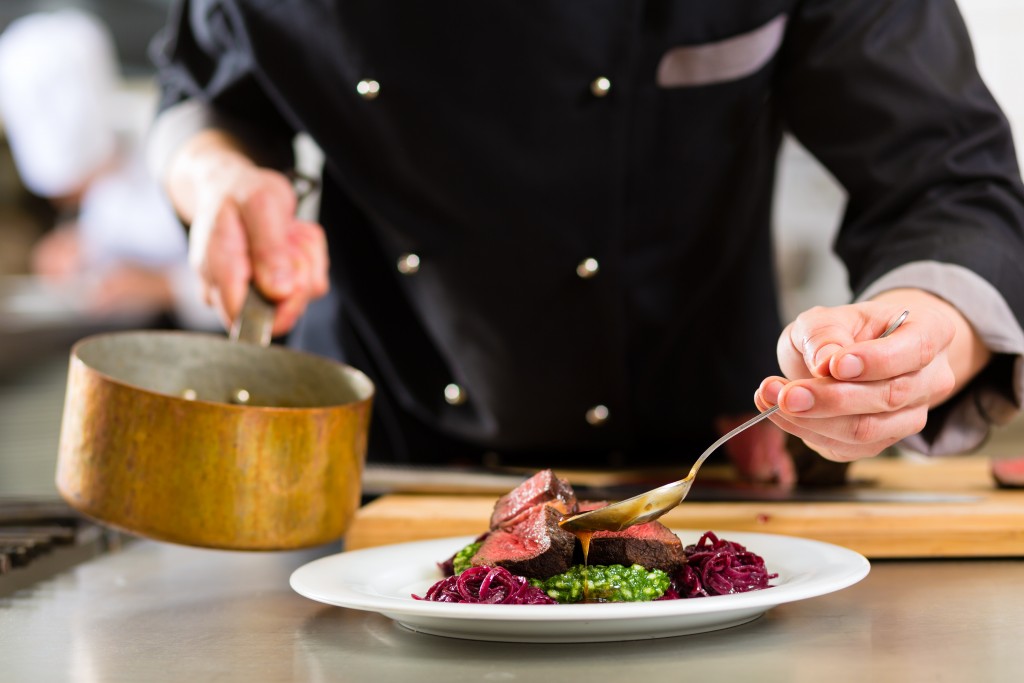One of the most profitable industries is the food sector. People, after all, will eat all the time, and most will pay top dollars to sink their teeth into a meal they believe is worth it. Owning a restaurant does not automatically guarantee you profits in the food industry and in the business world. Several things will make the difference between a profitable and non-profitable restaurant. One of these is your brand name.
Consumers are naturally drawn to brands they readily recognize. Franchise Mexican restaurants are currently the most profitable thanks to the renowned flavor of Mexican dishes and their worldwide popularity. The other element that will determine the profits you make are the metrics of your venture. There are undoubtedly several numbers you will assess when venturing into a franchise restaurant. Here are the primary parameters that will determine your venture’s profits:
Food Cost Percentage

This metric works out the price of each of the items on your menu vis-à-vis the costs of ingredients. The ideal choice for a profitable restaurant is to keep your food cost percentage to a maximum of 30%. By doing so, the costs of your restaurant’s running are covered in your food’s prices. You should not be too fixated on the 30% since this might affect your setting of competitive rates, and you might be tempted to get substandard ingredients, which will, in turn, affect the quality of your dishes.
Contribution Margin
The contribution margin of your dishes allows you to look at ways of pushing the worst and best performing menu items. This margin denotes how much money a specific meal will put in your cash register. When a menu item has a high contribution margin, then it has a high potential to earn good profits. To calculate this margin, you should know how much a dish will sell over a fixed period vis-a-vis the food percentage.
Prime and Labor Cost
This is an exchangeable cost that combines your labor and food expenses. A low prime and labor cost will mean high profits. Restaurant owners have traditionally aimed for a prime and labor fee of 60% at most. If you want to boost your earnings, you can opt to negotiate with your supplier to decrease your food costs rather than significantly reduce the wages of your employees or cut back on their numbers.
Overhead Rate
This encompasses your utilities, business rates, technologies, and rent. You already have a rough estimate of how much these will cost but break them down into a daily or hourly rate. This will help determine what you can charge for the hiring of your venue without running losses. It also allows you to price your menu items to cover these expenses.
From the given tidbits, you now appreciate that starting a restaurant is not as easy as the right staff and menu. When evaluating the money you stand to make in your franchise, these are the crucial metrics that should inform your decisions. Even with optimal numbers, ensure you work with the best franchise available to guarantee that the parameters work in your favor.

